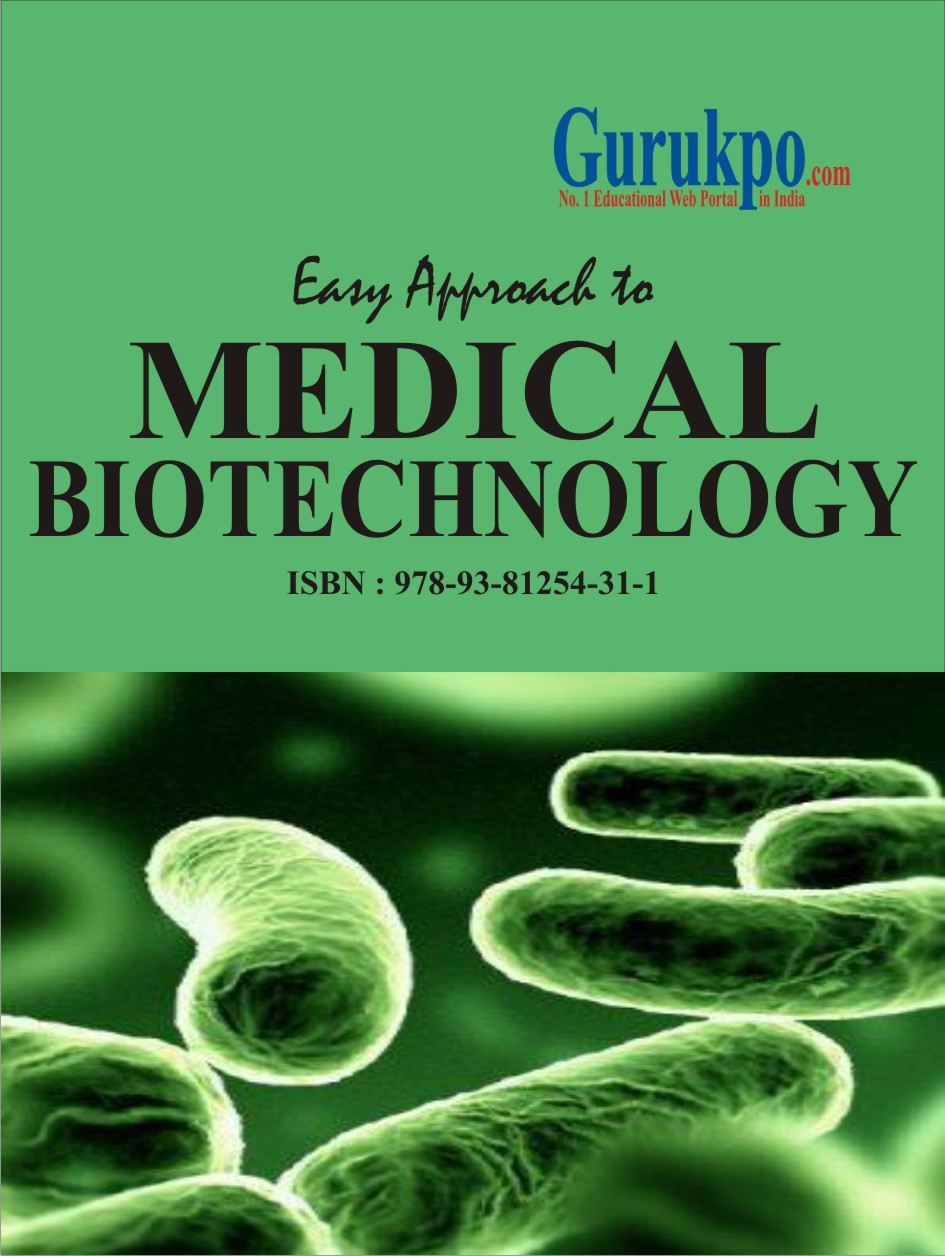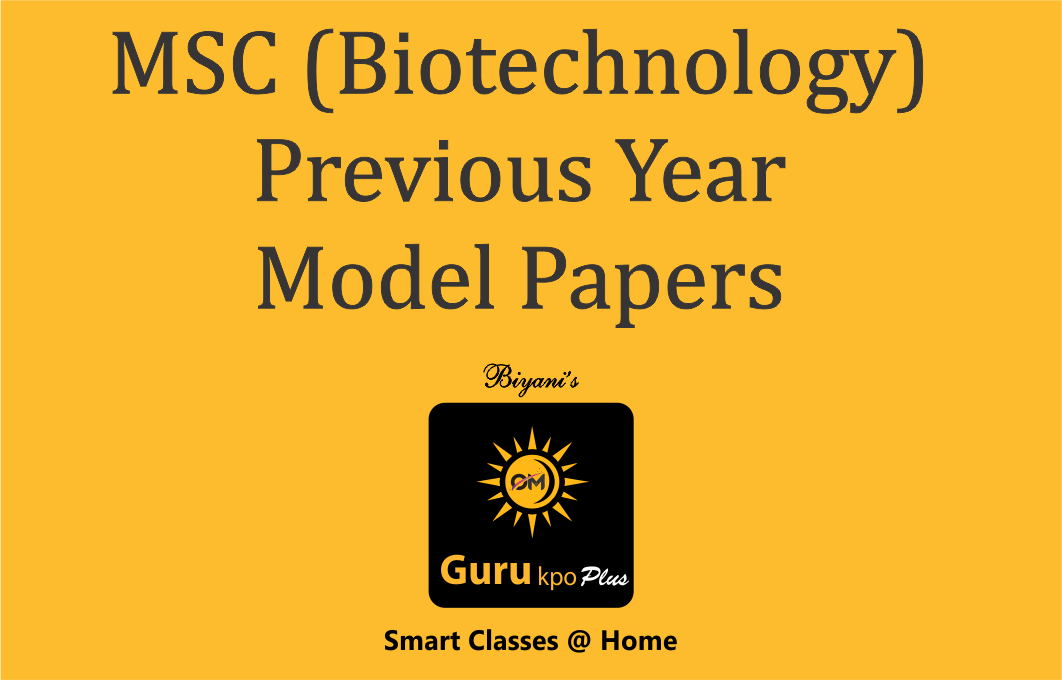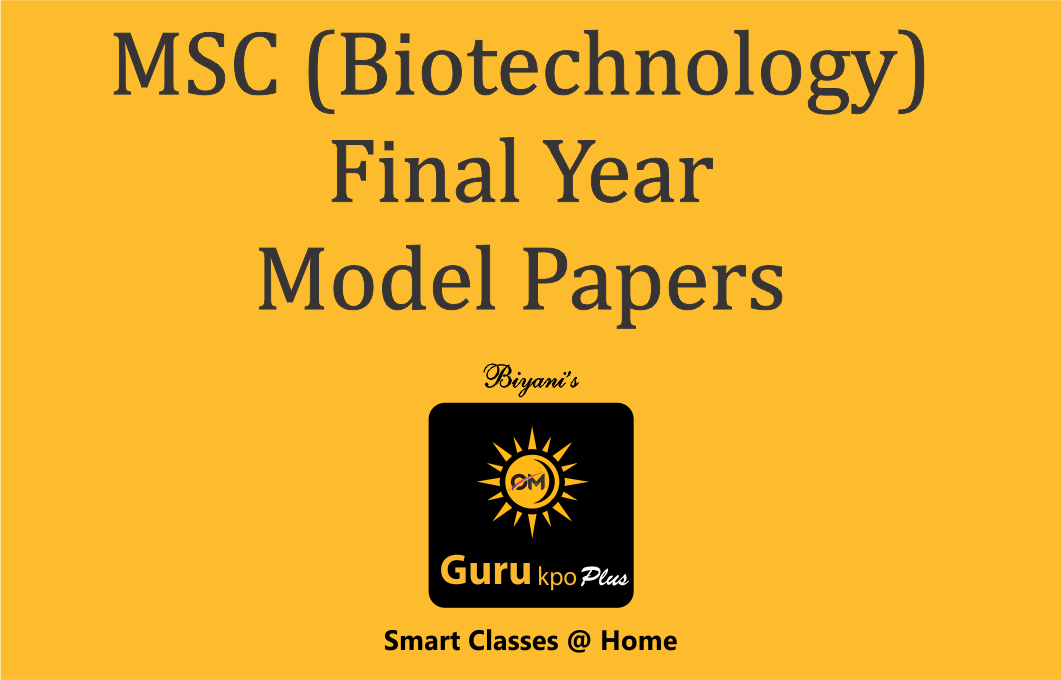
Medical Biotechnology
Section -A General Introduction to Biomedical Engineering. Application of Engineering in medicine, Electrical Potentials in the human body. Neuromuscular system: neurons, synapases and muscles, electrical properties of nerves and muscles, problems …
Section -A General Introduction to Biomedical Engineering. Application of Engineering in medicine, Electrical Potentials in the human body. Neuromuscular system: neurons, synapases and muscles, electrical properties of nerves and muscles, problems and diagnostics. Cardiovascular system : anatomy & physiology of heart, ECG and the cardiac cycle, problems and solulations to electrical problems in the heart, blood and vascular modeling, haemodynamics, vascular disease management, Skeletal System (Including Prosthetics). Biomaterials and Implantable sensors, testing of Biomaterials in vitro and in vivo. Excretory, system (including Dialysis) : renal anatomy & physiology, the nephron, dialysis machines & mass transport. Medical Imagining: X-rays, design considerations of X-ray tubes, medical Image Processing – projections, 3D-2D, sclice identification, CAT, NMR, MRI,PET/ SPECT. Cellilar engineering and genetic engineering – Ethical consideration in Medical research. Section -B Innate and Acquired Immunity. Antigens : types of antigen specificty, haptens, antibody structure and functions MHC, Complement System. Cell mediated cytotoxicity : Origin, maturation and characterization of TY- lymphocytes, Monocytes & Macrophages, Mechanisn of T cell and NK cell mediated lysis, ADCC, macrophage mediated cytotoxicity, lymphokines the product of T cell activation. Humoral immune response : Origin maturation and characterization of B-lymphocytes, Activation and proliferation of B- cells, Formation of plasmablast, Plasma cells and memory cells, Interaction of B and T cells. Section -C – Hypersensitivity, Monoclonal antibodies and its applications.-Radioimmunoassay, enzyme – linked immunosorbant assay, immunoblotting, immunofluorescence and flowcytometry.\ – Characteristics of infectious diseases, Herd immunity. – Disease cycle (Source of disease, reservoir, carriers). – Transmission of pathogens ( Air Borne. contect transmission and vector transmission) . Section -D
Bacterial Diseases : Epidemiology, Pathogenicity, Laboratory Diagnosis, Prevention & control of the following diseases : Anthrax, Tuberculosis, Typhoid, Whooping cough, Tetanus, Diphtheria Lerprosy.






